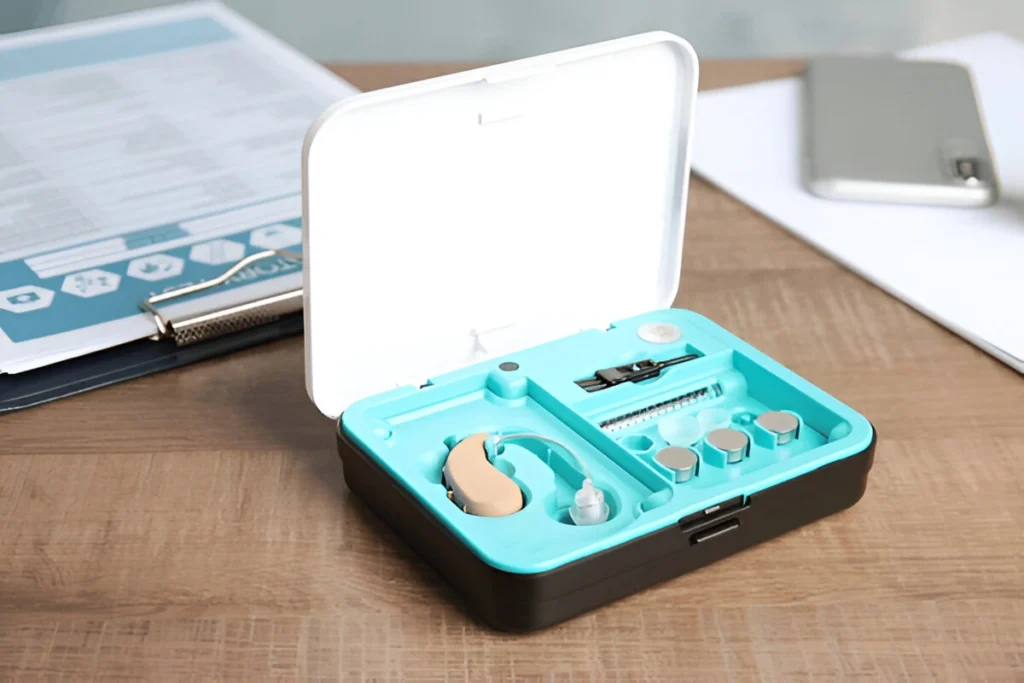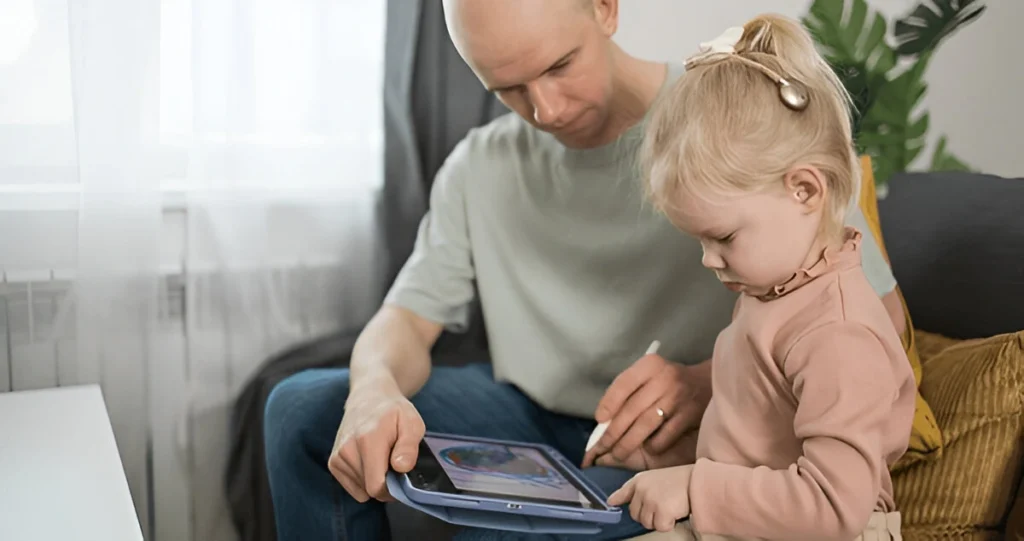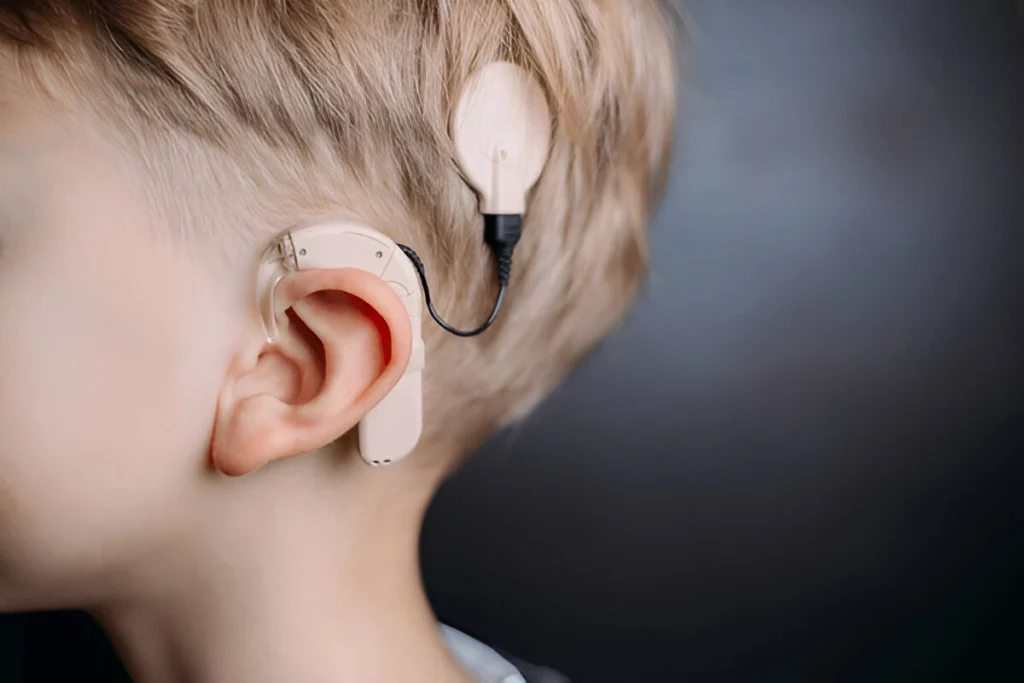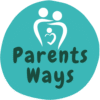Caring for a child with hearing loss can be both a challenge and a journey of discovery. The right tools and resources can make all the difference for parents navigating this path. This article dives deep into the essential kit provided to parents of children with hearing loss, offering insights, expert advice, and actionable tips to empower families every step of the way.
Understanding the Importance of a Support Kit
What is a Parent Support Kit?
A kit provided to parents of children with hearing loss is more than just a box of tools—it’s a lifeline. Packed with carefully selected resources, these kits equip parents with the tools to support their child’s communication, learning, and emotional needs.
Why is this so important? Early diagnosis of hearing loss brings a whirlwind of emotions and questions for parents. A support kit answers these questions, providing clarity and guidance during what can feel like uncharted territory.
These kits typically include:
- Technology tools, such as hearing aids or FM systems.
- Books and educational resources explaining hearing loss and communication strategies.
- Emotional support materials, including contact information for support groups.
Why a Kit for Parents of Children with Hearing Loss Matters
When parents receive a support kit tailored to their child’s needs, they’re better prepared for the journey ahead. This isn’t just about convenience; it’s about empowerment.
Children with hearing loss need early and consistent support to thrive. These kits bridge the gap between diagnosis and intervention, ensuring parents have actionable steps from day one.
“Empowering parents means empowering children to communicate and succeed.”
What’s Inside a Kit Provided to Parents of Children with Hearing Loss?

Each kit is thoughtfully curated. Let’s break down its key components:
Hearing Aids and Accessories
The foundation of any hearing loss toolkit is technology. Most kits include hearing aids, extra batteries, and maintenance tools. These items ensure that children have consistent access to sound, critical for language development.
Educational Materials
Books, brochures, and online resources provide parents with an understanding of the following:
- Types of hearing loss.
- Communication options (spoken language, sign language, or both).
- Tips for supporting language acquisition at home.
Emotional Support Tools
Parenting a child with hearing loss involves emotional highs and lows. Many kits include:
- Contact details for local support groups.
- Journals to track milestones and feelings.
- Letters or stories from parents who’ve walked the same path.
The Critical Role of Early Intervention in Supporting Hearing Loss in Children
Early intervention is a cornerstone in ensuring children with hearing loss develop to their fullest potential. Research shows that children who receive prompt support after diagnosis often perform on par with their hearing peers in areas like language acquisition, communication, and cognitive skills. But why is this so crucial, and what does early intervention involve?
The Importance of Timing:
When it comes to hearing loss, time is of the essence. The brain’s ability to adapt to auditory inputs is at its peak during the first few years of life. Without timely intervention, children may face developmental delays that affect their ability to communicate and learn effectively.
What Does Early Intervention Include?
- Audiological Support: Fitting hearing aids or cochlear implants early ensures children have access to sound during critical periods of language development.
- Speech and Language Therapy: Professional guidance helps children learn to articulate sounds, form words, and engage in conversations.
- Family Education: Parents are equipped with tools and strategies to foster communication at home, from using sign language to promoting auditory skills.
Success Stories:
Children who start early intervention programs often go on to attend mainstream schools, communicate fluently, and lead fulfilling lives. It’s a testament to the transformative power of acting quickly.

How to Use a Kit Effectively: Practical Tips for Parents of Children with Hearing Loss
Receiving a kit provided to parents of children with hearing loss is just the first step; knowing how to use it effectively is what truly makes the difference.
Step-by-Step Approach:
- Familiarize Yourself with the Contents: Begin by unpacking the kit and exploring what’s inside. Most kits include guides, technology, and educational materials, each serving a unique purpose.
- Prioritize Technology Setup: If hearing aids or FM systems are included, make sure you understand how to use and maintain them. Follow the provided instructions or reach out to your audiologist for assistance.
- Read the Educational Materials: Dive into the books and brochures to learn about your child’s hearing loss. These resources often contain practical tips for fostering communication and managing challenges.
- Engage with Emotional Support Tools: Utilize the journals, contact lists for support groups, or letters from other parents to find community and guidance.
The Value of Consistency:
Consistency is key when applying the tools and techniques provided. Use the resources daily, attend therapy sessions regularly, and engage with your child actively to reinforce learning and confidence.
Pro Tip:
Set small, achievable goals to integrate the kit’s resources into your routine, such as dedicating 10 minutes a day to reading a guide or practicing communication skills.
Educational Materials: Empowering Parents to Build Awareness and Confidence
Educational resources are a pillar of the kit provided to parents of children with hearing loss, and for good reason. These materials demystify the complexities of hearing loss, equipping parents with the knowledge and skills to be their child’s strongest advocates.
What Do These Materials Cover?
- Understanding Hearing Loss: Learn about the types, degrees, and causes of hearing loss. Infographics and diagrams make it easy to grasp the essentials.
- Communication Strategies: Step-by-step guides outline methods like auditory training, sign language, or combining approaches for bilingual communication.
- Parental Support: Articles and workbooks address common parental concerns, from coping with diagnosis to navigating the education system.
Interactive Resources for Families:
Many kits include apps, games, or activity books that make learning about hearing loss engaging for both parents and children. For example, interactive audiograms teach families how hearing aids work in a fun, visual way.
Why These Materials Matter:
Informed parents can make informed decisions. With the right knowledge, you’ll feel more confident discussing your child’s needs with healthcare providers, educators, and even extended family members.
Technology in the Kit: Revolutionizing Support for Children with Hearing Loss
Modern technology has turned hearing loss from a barrier into a challenge that can be managed with remarkable tools. The kit provided to parents of children with hearing loss often includes cutting-edge devices that bring the world of sound closer to your child.

What Technology Can You Expect?
- Hearing Aids: Compact, powerful, and often Bluetooth-enabled, hearing aids amplify sounds to suit your child’s unique hearing profile.
- FM Systems: These devices enhance sound clarity in noisy environments like classrooms, ensuring your child doesn’t miss critical information.
- Maintenance Tools: Cleaning kits, spare batteries, and user manuals ensure the longevity of these devices.
Beyond Hearing Aids:
Some kits also include apps or software that allow parents to monitor device performance, troubleshoot issues, or even adjust settings remotely. This level of customization ensures your child always gets the best auditory experience.
The Impact of Technology:
These devices don’t just amplify sound—they amplify opportunities. Children equipped with advanced hearing tools are better able to participate in school, build friendships, and explore their interests.
Parental Guidance: Managing Emotional Challenges with Strength and Resilience
Parenting is already a journey filled with ups and downs. When a child is diagnosed with hearing loss, it’s natural to feel overwhelmed. Thankfully, the kit provided to parents of children with hearing loss offers emotional resources to help families navigate these challenges.

What Are the Emotional Challenges?
- Grief and Acceptance: Parents may mourn the loss of what they imagined for their child’s future before embracing a new, equally fulfilling path.
- Stress and Anxiety: Concerns about your child’s development, education, and social integration can weigh heavily.
- Feelings of Isolation: Some parents feel alone in their experiences, especially if they lack a local support network.
How the Kit Helps:
- Journals and Self-Reflection Tools: Writing down your thoughts can be therapeutic and help you track progress.
- Support Group Contacts: Many kits include lists of local or online parent communities where you can share stories, advice, and encouragement.
- Professional Resources: Recommendations for counselors or family therapists provide options for seeking professional help.
Remember:
It’s okay to ask for help. Building a support system, seeking therapy, or simply talking to another parent in your shoes can make all the difference.
Building a Strong Support System: Why It’s Essential for Families
“No parent should have to navigate hearing loss alone.” This sentiment underscores the importance of building a robust support system when raising a child with hearing loss.
Who Should Be in Your Corner?
- Healthcare Professionals: Audiologists, speech therapists, and pediatricians provide the medical and developmental guidance your child needs.
- Educational Advocates: Teachers and special education coordinators ensure your child has access to accommodations in school.
- Family and Friends: Their emotional support can lighten your load and remind you you’re not alone.
Tips for Building Your Network:
- Start with Professionals: Regular check-ins with your child’s audiologist or therapist can help you stay on track.
- Join Parent Groups: Local organizations or online forums connect you with others who understand your journey.
- Engage with Schools: Communicate openly with your child’s teachers to build a collaborative partnership.
The Impact of Support:
A strong network not only benefits your child but also provides you with reassurance and guidance when you need it most.
How Schools and Communities Play a Role in Supporting Children with Hearing Loss
Schools and communities are integral to a child’s success, and the kit provided to parents of children with hearing loss often emphasizes their importance.

The School’s Role:
Teachers and staff can make or break a child’s experience. Many kits include resources to help educators:
- Understand hearing loss and its impact.
- Use assistive devices like FM systems effectively.
- Foster inclusive classroom environments.
Community Support:
Local organizations often host events, workshops, or playgroups for children with hearing loss, providing opportunities for social interaction and parental support.
Actionable Steps for Parents:
- Advocate for your child’s needs at school by requesting an Individualized Education Program (IEP).
- Seek out community resources like libraries or recreational programs that offer sensory-friendly activities.
Customizing a Kit for Your Child’s Unique Needs
No two children are alike, and the best kits reflect that individuality. A kit provided to parents of children with hearing loss can often be customized to include tools and resources that align with your child’s specific situation.
What Can Be Customized?
- Language Preference: Choose materials in your family’s primary language or resources that promote bilingual communication.
- Cultural Relevance: Some kits offer content tailored to specific cultural or regional needs.
- Additional Tools: Request extra devices or books, such as cochlear implant accessories or advanced therapy guides.

How to Request Customization:
Please work with your audiologist, healthcare provider, or the organization providing the kit to ensure it meets your child’s needs.
Why It Matters:
A personalized approach ensures your family gets the most out of the resources provided, making the journey smoother and more effective.uest add-ons like bilingual books, specific therapy guides, or cultural resources.
Common Questions About Hearing Loss in Children
Do you have questions about your child’s hearing loss? You’re not alone! A typical kit answers FAQs like:
- What causes hearing loss in children?
- How can parents support language development?
- Are there financial aids for hearing devices?
FAQs About the Kit Provided to Parents of Children with Hearing Loss
- What’s the purpose of the kit?
- It equips parents with tools and resources to support their child’s growth and communication needs effectively.
- Are these kits free?
- Many healthcare providers, non-profits, and government programs offer these kits at no cost.
- Can the kits be customized?
- Yes, most kits are customizable based on the child’s unique requirements.
- Do kits include hearing aids?
- Some kits provide hearing aids, while others include vouchers for obtaining them.
- Are online resources part of the kit?
- Yes, many kits offer access to e-books, webinars, and online support communities.
- How do I request a kit?
- Check with your audiologist, healthcare provider, or local support organizations.
Resources for Parents of Children with Hearing Loss
Explore these helpful resources:
- Hearing Loss Association of America
- American Speech-Language-Hearing Association
- National Institute on Deafness and Other Communication Disorders
Conclusion: Empowering Families Through the Right Tools
The kit provided to parents of children with hearing loss is more than just a resource; it’s a beacon of hope. By equipping parents with the right tools, we empower them to help their children thrive in a hearing world.
The journey isn’t always easy, but with support, understanding, and love, every step forward counts. Let these kits be your guide and companion.
